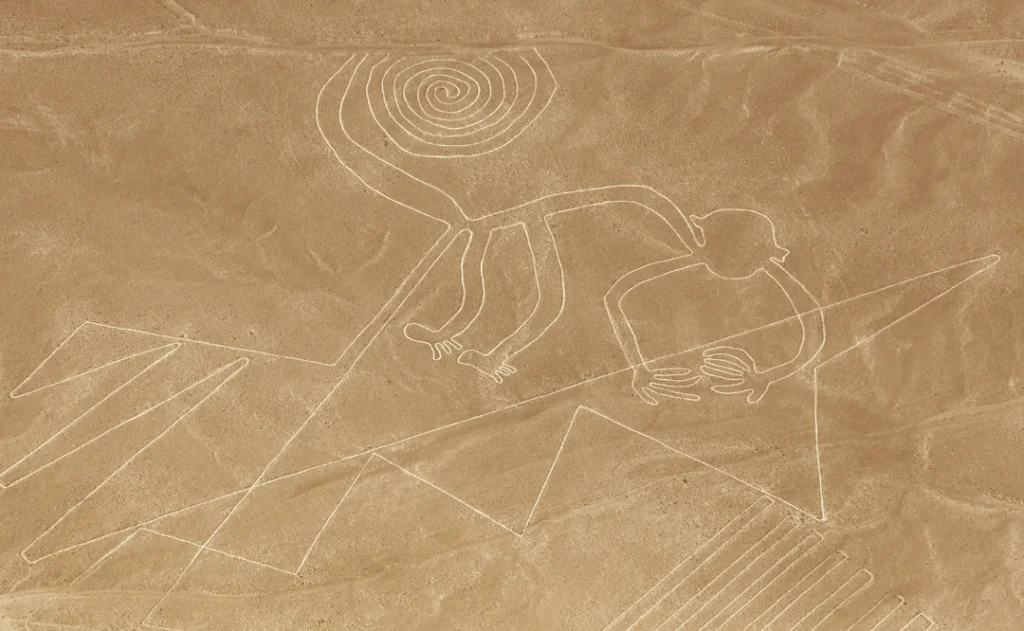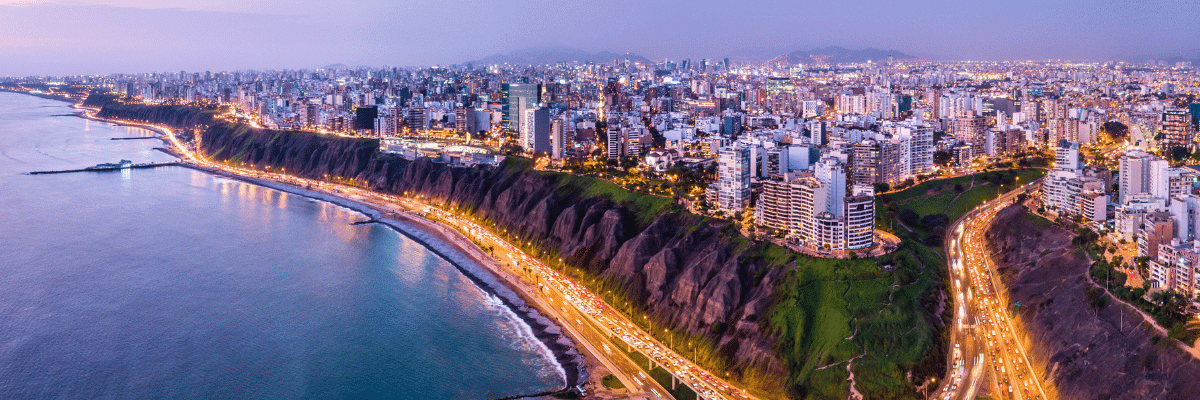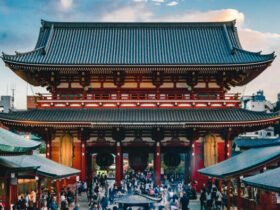civilization. However, Peru offers more than just its famed archaeological sites. Whether you want to get off the beaten path at a popular destination or search for true hidden gems to add to your itinerary, these lesser-known hot spots and activities are worth factoring into your Peruvian travels.
Go Beyond Machu Picchu
Machu Picchu is a stunning feat of ancient architecture hidden in the clouds, but did you know that Peru is home to several other breathtaking sites of Incan civilization? Other notable sites include:
- Choquequiaro is a 5-day hike deep in the Vilcabamba Valley nicknamed “The Cradle of Gold”
- Ollantaytambo, like Machu Picchu, is located in the Sacred Valley. It is considered “The Living Inca City” as its residents maintain many of their ancestral customs
- Adjacent to a small town of the same name, the Chinchero ruins are said to be the remains of a getaway for Incan royalty.
- The Q’eswachaka Rope Bridge in Quehue is Peru’s last traditional Incan rope bridge. Travelers are welcome to cross it, but don’t worry—you won’t be treading on centuries-old rope. Each year, the local Quechua communities rebuild the bridge using traditional practices.
For those who still want to visit Machu Picchu (and who wouldn’t?), make time to explore the entire Sacred Valley. Guides can take you through the journey, which winds through several additional ruins and the incredible nature of the Andes Mountains, before ending up at Machu Picchu.
See the Nazca Lines from the Sky

The Nazca Lines are far from a hidden gem, but few people can say they’ve seen these incredible feats of engineering in their entirety. These geoglyphs, or large designs imprinted on the earth by adding or removing dirt and stone, were created by the Nazca people over one thousand years ago and stretched 400 square miles across the Nazca Desert. These lines weave together to create geometric shapes and images of condors, lizards, hummingbirds, and other creatures. The designs are so massive that the only way to appreciate them is from the skies. Several companies offer aerial tours to see the Nazca Lines in all their glory.
Explore Historic Cusco
Cusco has earned a reputation as the classic starting point for travelers’ trek up toward Machu Picchu, but the city alone is worth a visit even if you never plan to set foot in the surrounding mountains.
History buffs can get their fix without ever stepping outside of the city. Visit the Museo de Arte Precolombino to see the art and culture of the Indigenous communities of Peru prior to Spanish colonization or the Museo Inca, run by the Saint Anthony University of Cusco, to learn about Incan archaeology before you visit the sites. Plaza de Armas de Cusco, the city’s main square, was built on top of an ancient center of Incan public life, and the famed Twelve Angled Stone, an example of Ican masonry, is integrated into the walls of the Archbishop’s Palace. The Cusco Planetarium gives context to the culture connected to these sites, educating guests on the Andean interpretation of the night sky and teaching them to identify stars and constellations.
Another Cusco gem, the Coca Museum is an establishment dedicated to the use and history of this frequently misunderstood plant. In its original form, the coca leaf is no stronger than your morning cup of coffee. Visitors are encouraged to try one of the several coca leaf products in the gift store to see for themselves.
Visit the Floating Islands on Lake Titicaca


Did you know that there are islands on Lake Titicaca? These islands aren’t tidal or volcanic but human-made floats carefully crafted from the lightweight totora reed. The Uros people created these islets as easily defensible communities against the encroaching Incan Empire. The Uros community continues to reside on these islands and has cultivated a thriving tourism industry that teaches guests about Uros’ history and way of life. The islands are accessible by boat, and it’s recommended that you go with a tour group.
Learn About Climate Change at Peru’s Potato Park
More than 4,000 varieties of potatoes, a staple food across cultures worldwide, stem from the Andes Mountains. However this biodiversity is constantly threatened by climate change, as the ideal temperatures to grow these tubers shifts higher and higher into the mountains. Enter Peru’s Potato Park, a conservation effort spearheaded by the local indigenous communities to preserve the humble potato and model new methods for farming in the face of global warming. Travelers are welcome to tour the facility for an educational day amidst the stunning Andean landscape.
Get to Know Peru’s Capital City
Don’t let this city pass you by on your way to and from the airport. Lima, the largest city in Peru, has endless opportunities to explore. The Barranco Cultural District is the city’s arts and culture hub, packed with cafes, boutique shops, museums, and street art. Take in some live music at one of its many unique bars, or check out the city’s Museum of Modern Art for rotating exhibits of international and local masterpieces. Adventurous travelers can visit the Basilica and Convent of San Francisco. Apart from its beautiful Baroque exterior, this church sits atop the most extensive catacombs in Peru, and there are guides waiting to take you on an excursion through the twisting tunnels below. End your evening with a spectacle at the Magic Water Circuit of the Reserve Park, a public square with thirteen cybernetic fountains rigged up to dance and dazzle in coordination with music and a light show.
Visit the Local Wildlife
Known as Peru’s “mini Galapagos,” the Ballestas Islands are only accessible via speedboat from the nearby town of Paracas. Those who make the journey, however, will be rewarded with glimpses of penguins, otters, whales, and over 160 species of birds. As a protected area, travelers can’t exit the boat for a walk or swim, but the natural beauty of the archipelago is easily taken in via boat navigated by a knowledgeable captain.
Another opportunity to get up close with wildlife is at The Manu Biosphere Reserve, a UNESCO World Heritage nature reserve covering over 9,000 square miles in the area around Cusco. The reserve encompasses ecosystems from rainforests to grasslands and several endangered species, including the giant otter and the spectacled bear. You can easily spend multiple days touring this national park alone, and plenty of tour options allow you to do just that with the benefit of an experienced guide.
You Might Also Like:
• Thailand’s Best-Kept Secrets
• The 9 Best Things to Do in Switzerland
• Traveling to Mexico? Here’s What You Need to Know: A Comprehensive Guide to the Safety Warnings and Precautions You Should Take Before Visiting Mexico
• The 10 Best Things to Do in Indonesia
• Japan’s Hidden Gems: Where to Go to Avoid The Crowds
We hand-pick everything we recommend and select items through testing and reviews. Some products are sent to us free of charge with no incentive to offer a favorable review. We offer our unbiased opinions and do not accept compensation to review products. All items are in stock and prices are accurate at the time of publication. If you buy something through our links, we may earn a commission.









Leave a Reply